We enjoyed Delphi so much we went back, and I took pics of the Stadium and the sanctuary of Atena, about a mile down the road.
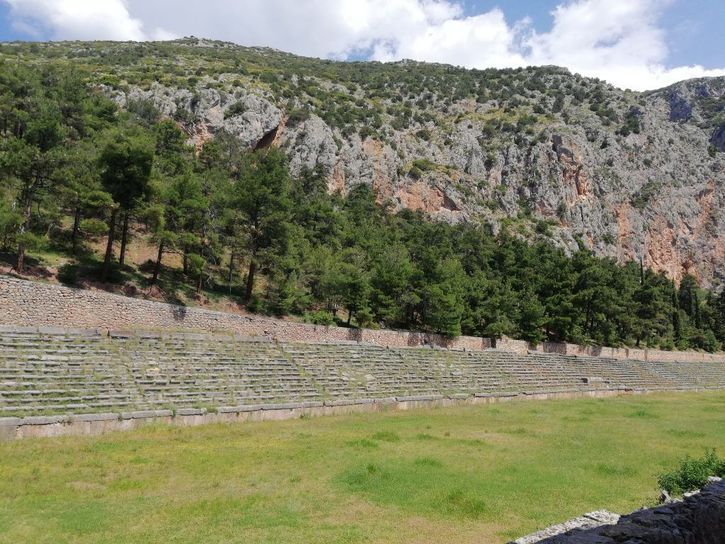
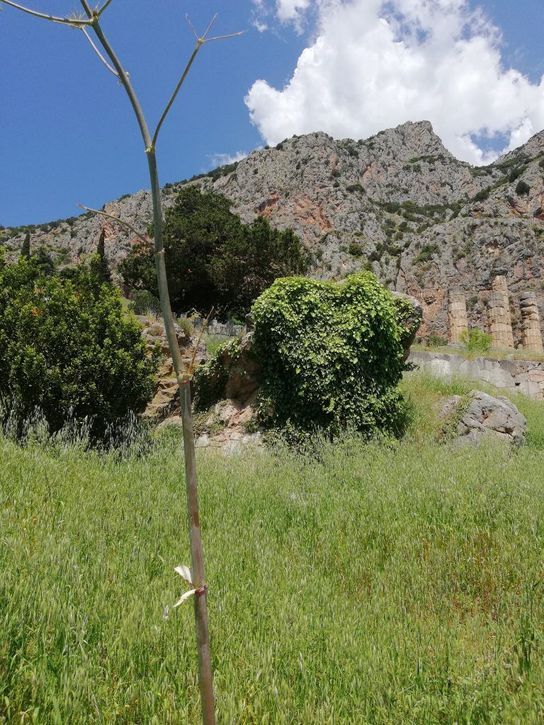
While the museum at Delphi was excellent, that a Thebes was brilliant. Unlike Delphi, Thebes (Thiva in Greek) has been inhabited for thousands of years and the museum has been built over excavations of buildings in the Neolithic period which can be seen through a glass floor. A bowl dated from 6,000 BC and other artifacts were found there.
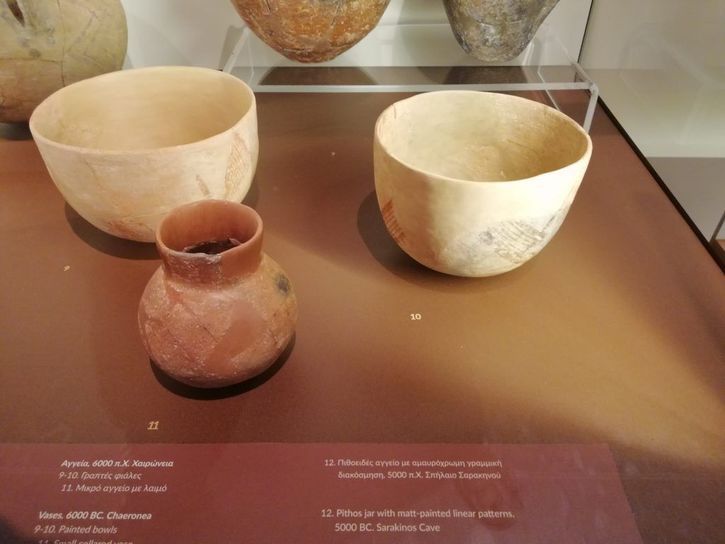
Gold ornaments from the Early Bronze Age (3,000 BC) are incredibly intricate.
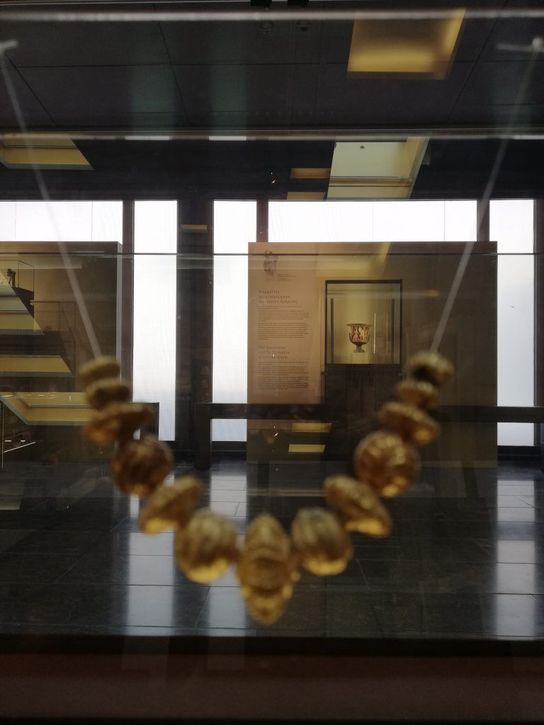
Much of the museum is devoted to the Mycenaean period in the 13th century BC, including several sarcophagi which were designed to contain the bones of the dead.
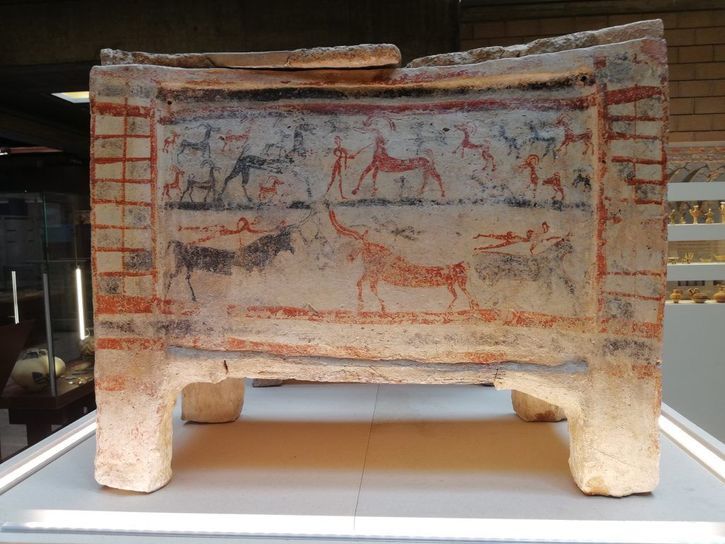
The pottery of the Archic peios (700-480 BC) is painted in distinctive ochre and black and this bowl records the feats of Herakles.
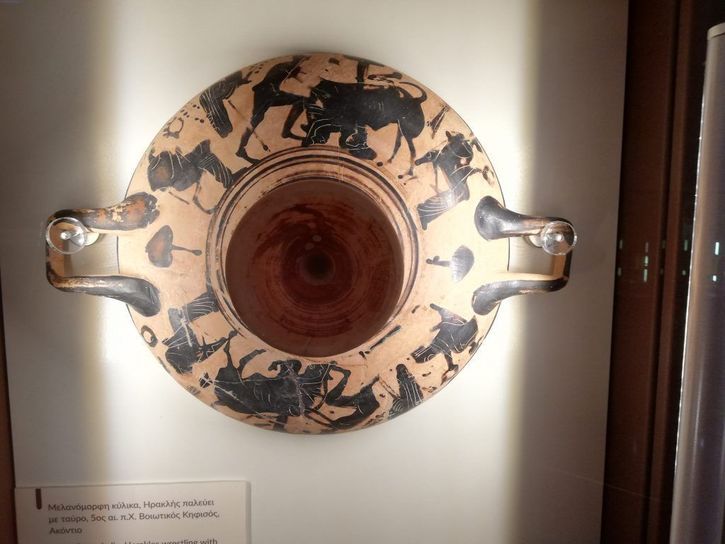
The Classical period was characterised by conflict between Thebes, Athens and Sparta and was followed by the Hellenistic Period . Many beautiful statues were carved. These show Nike and a memorial battlefield lion which ha been placed over the mass grave of victims of a battle.
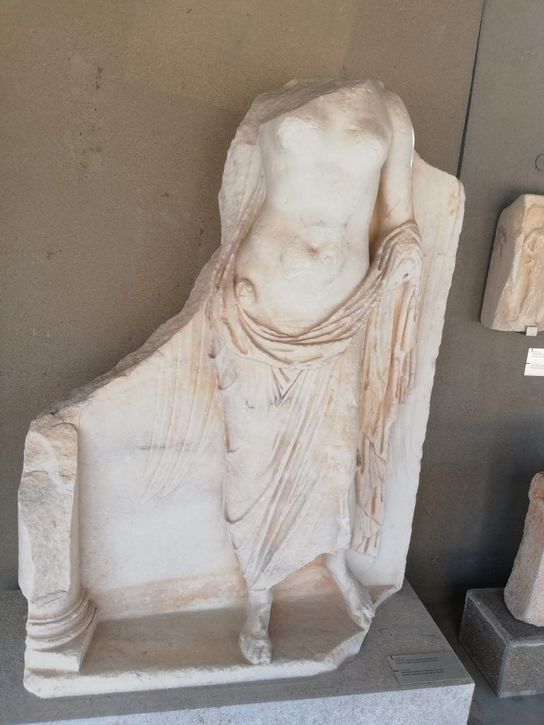
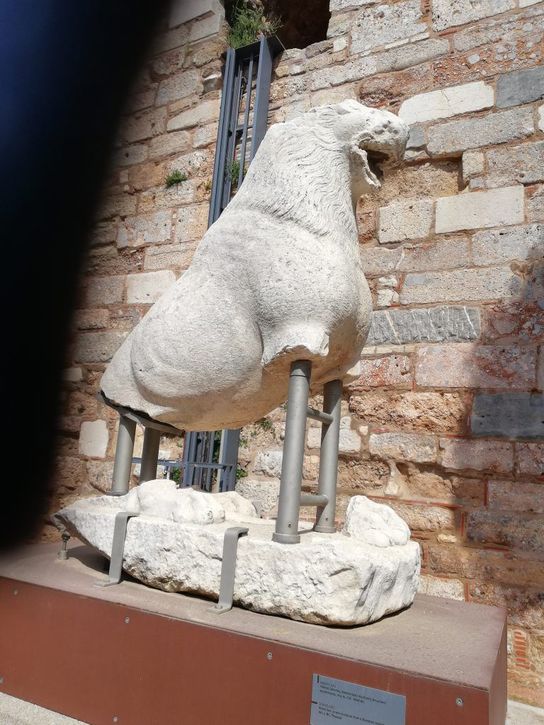
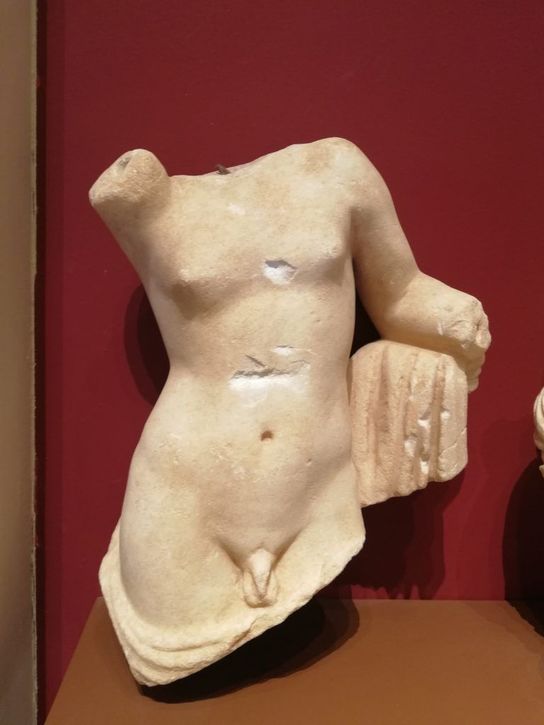
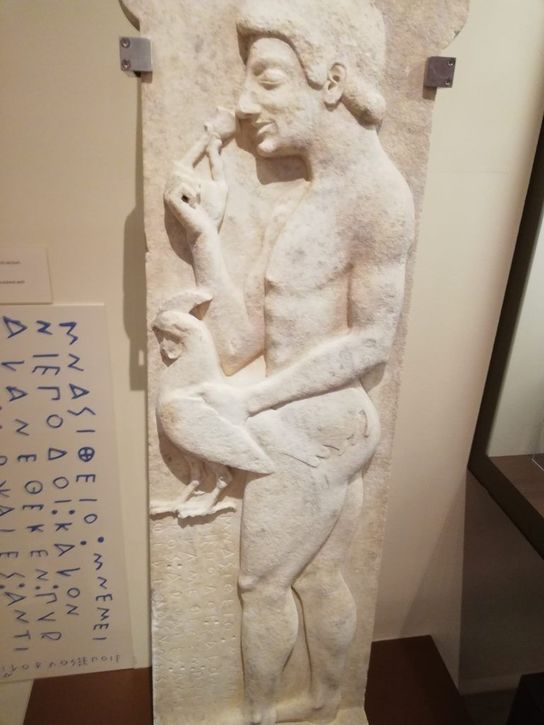
The Roman period after the victory of Octavian at the Battle of Actium enjoyed great prosperity with large villas built at Thebes with beautiful mosaics.
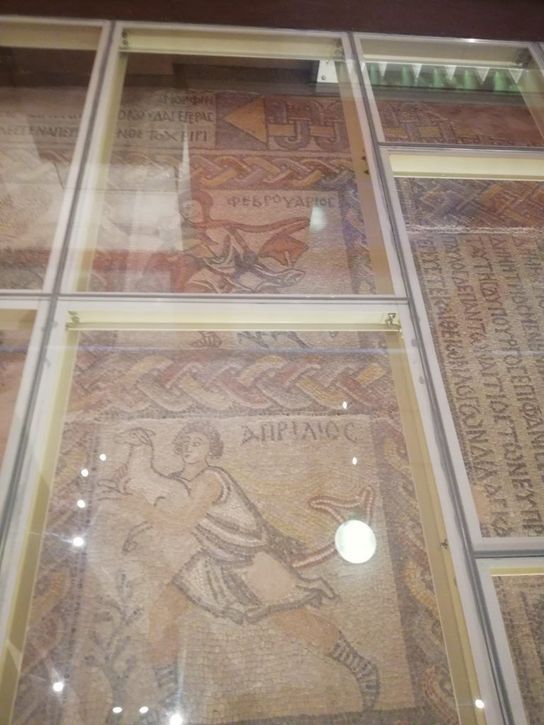
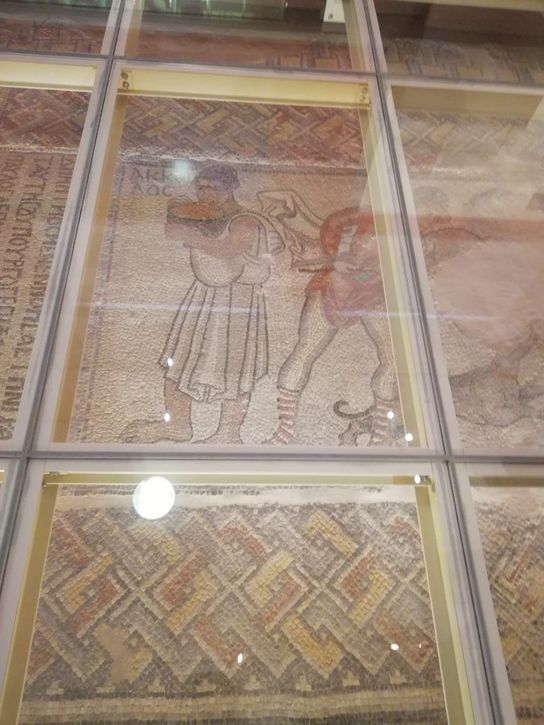
Knights returning from the Crusades built a castle of which only this tower remains. Built by Othon de St Omer in 1225. The castle was destroyed by the Catalans some tome before the Ottomans conquered the region in 1460.

Thebes was the most powerful city in Greece until the fourth century BC when it was defeated by Philip of Macedon. A bridge over the river marks the traditional site of the Fountain of Oedipus where King Oedipus is said to have washed blood from his hands after unwittingly killing his father on his way to the city. Oedipus was the son of Laius and Jocasta, king and queen of Thebes. Even before his birth, the Delphic Oracle had foretold that he would kill his father and marry his mother. Abandoned by his father, Oedipus was reared by the king and queen of Corinth who he believed to be his real parents. Years later, when he heard of the prophecy, he fled to Thebes, killing a man on the way. On reaching Thebes, he found the gates barred against him by the Sphinx which he vanquished by killing one of its riddles. The Thebans made him their king and he married the widowed Jocasta. When the truth about his past was revealed, he blinded himself and spent his final days as an outcast.